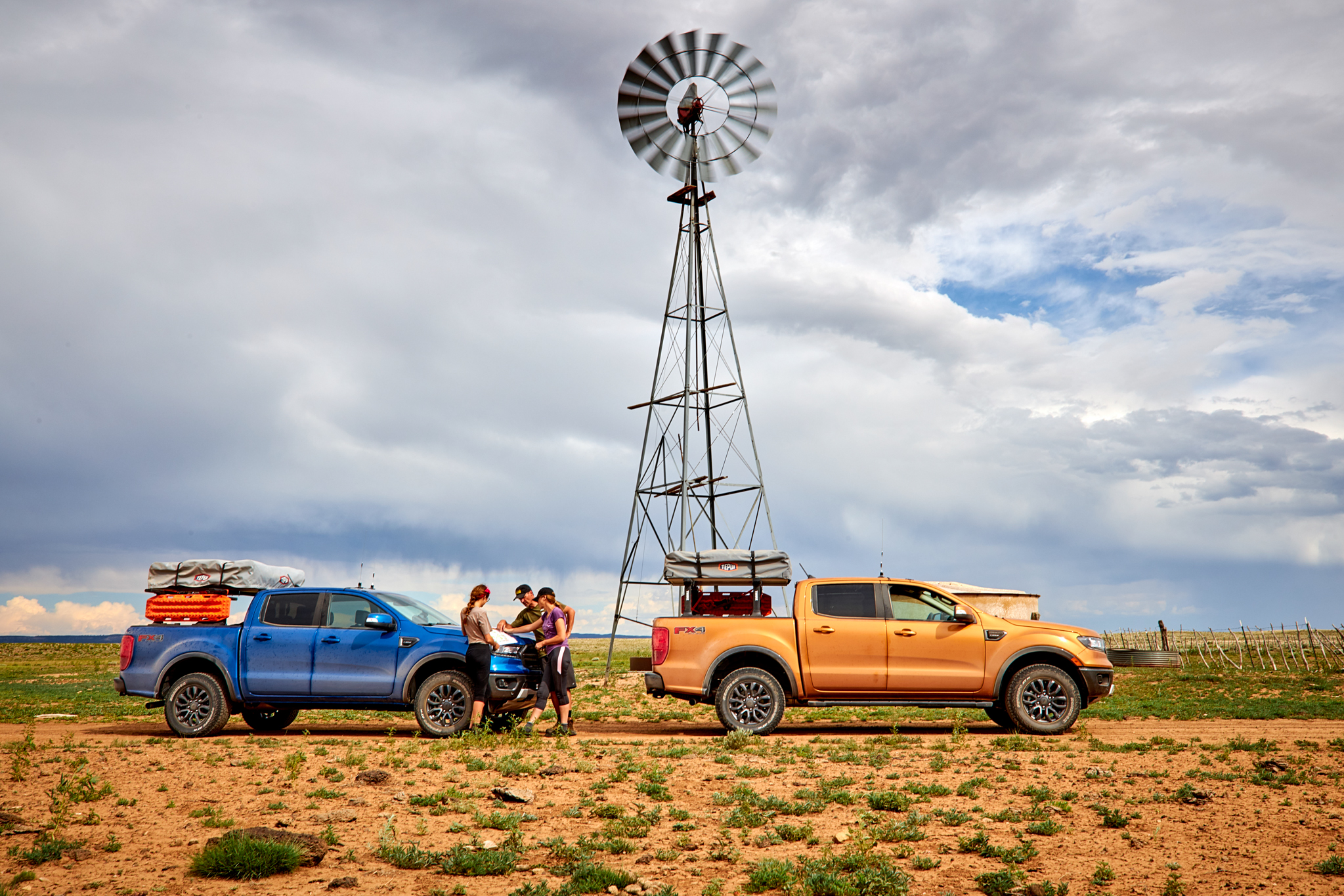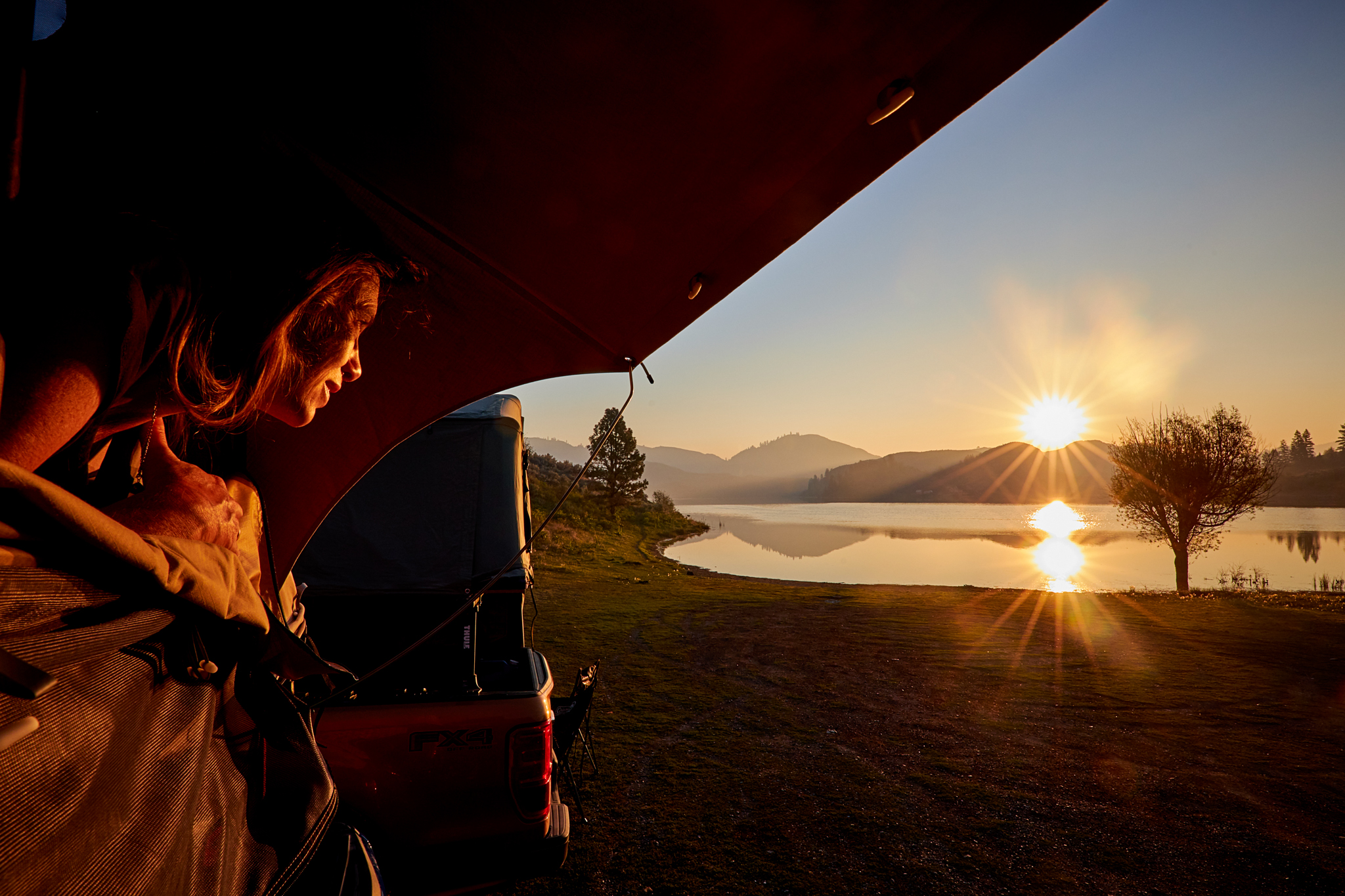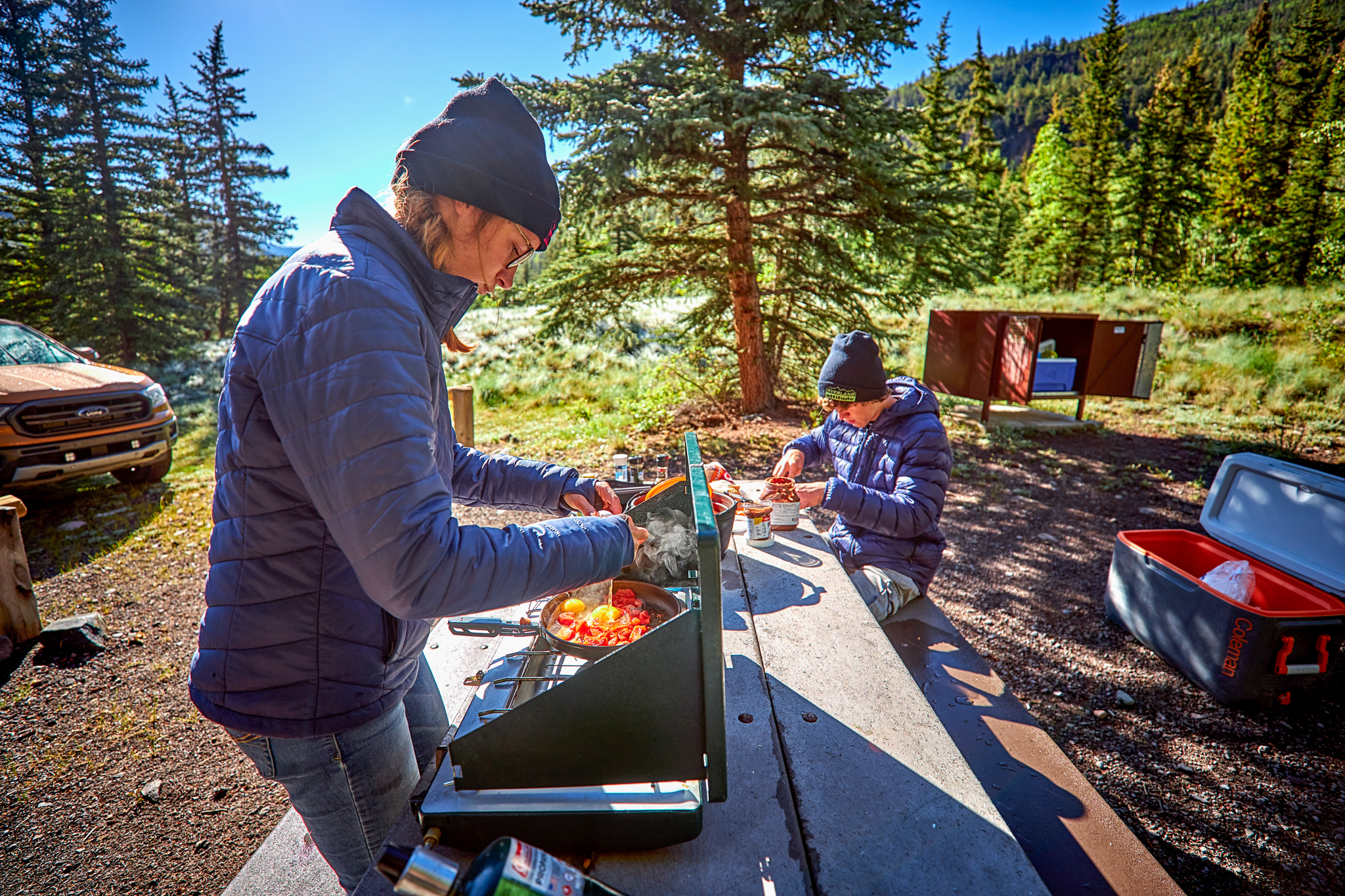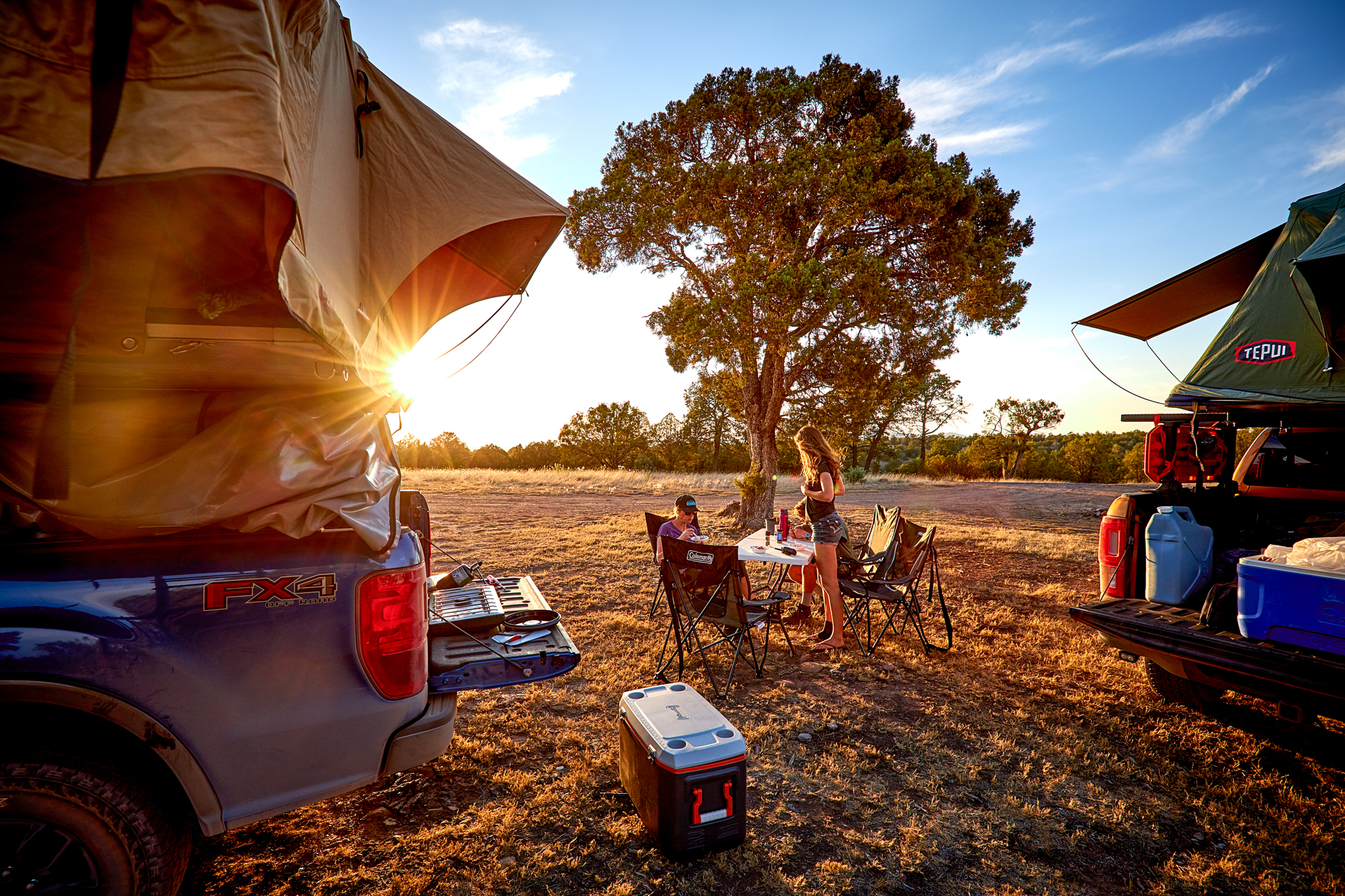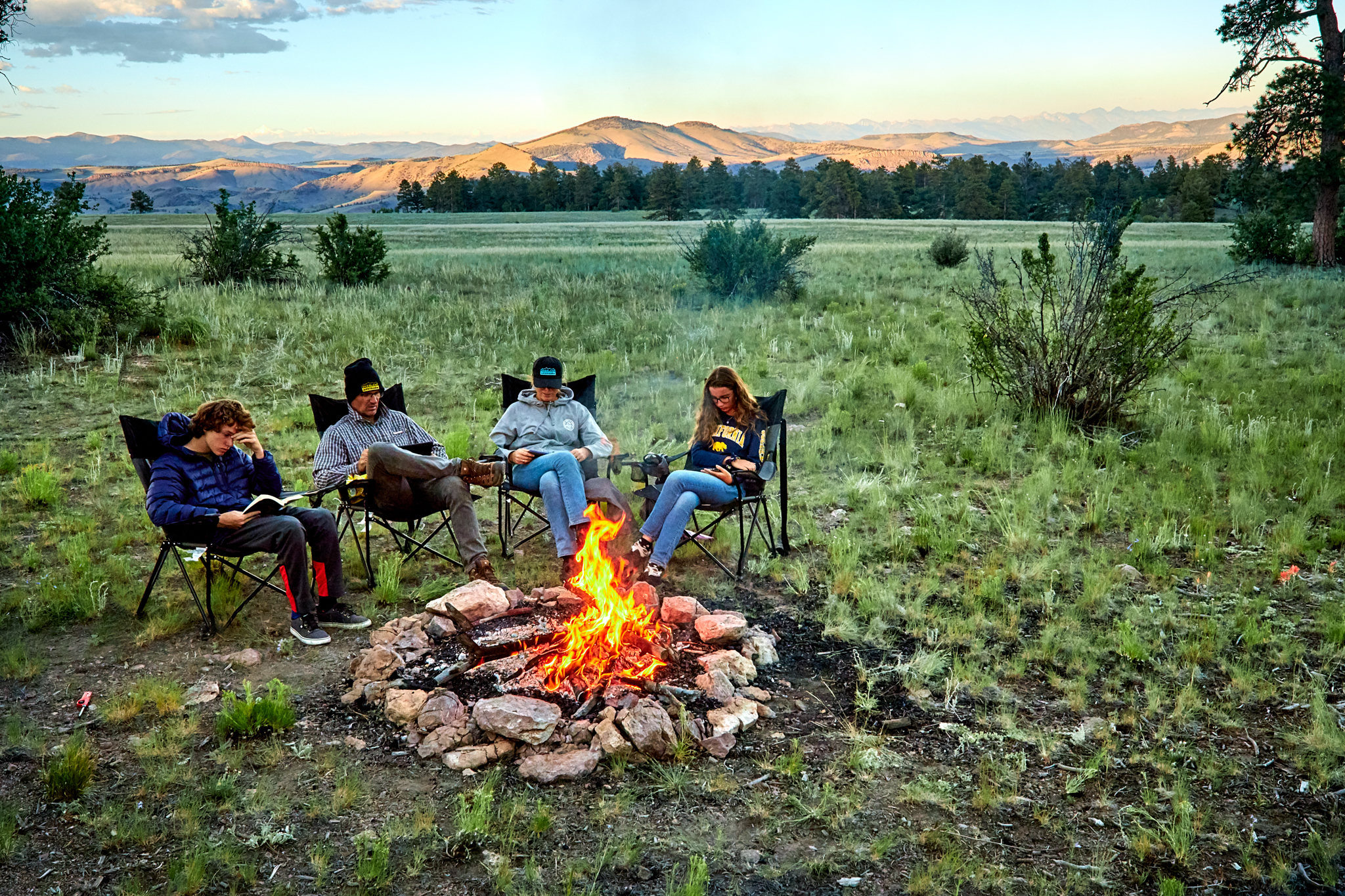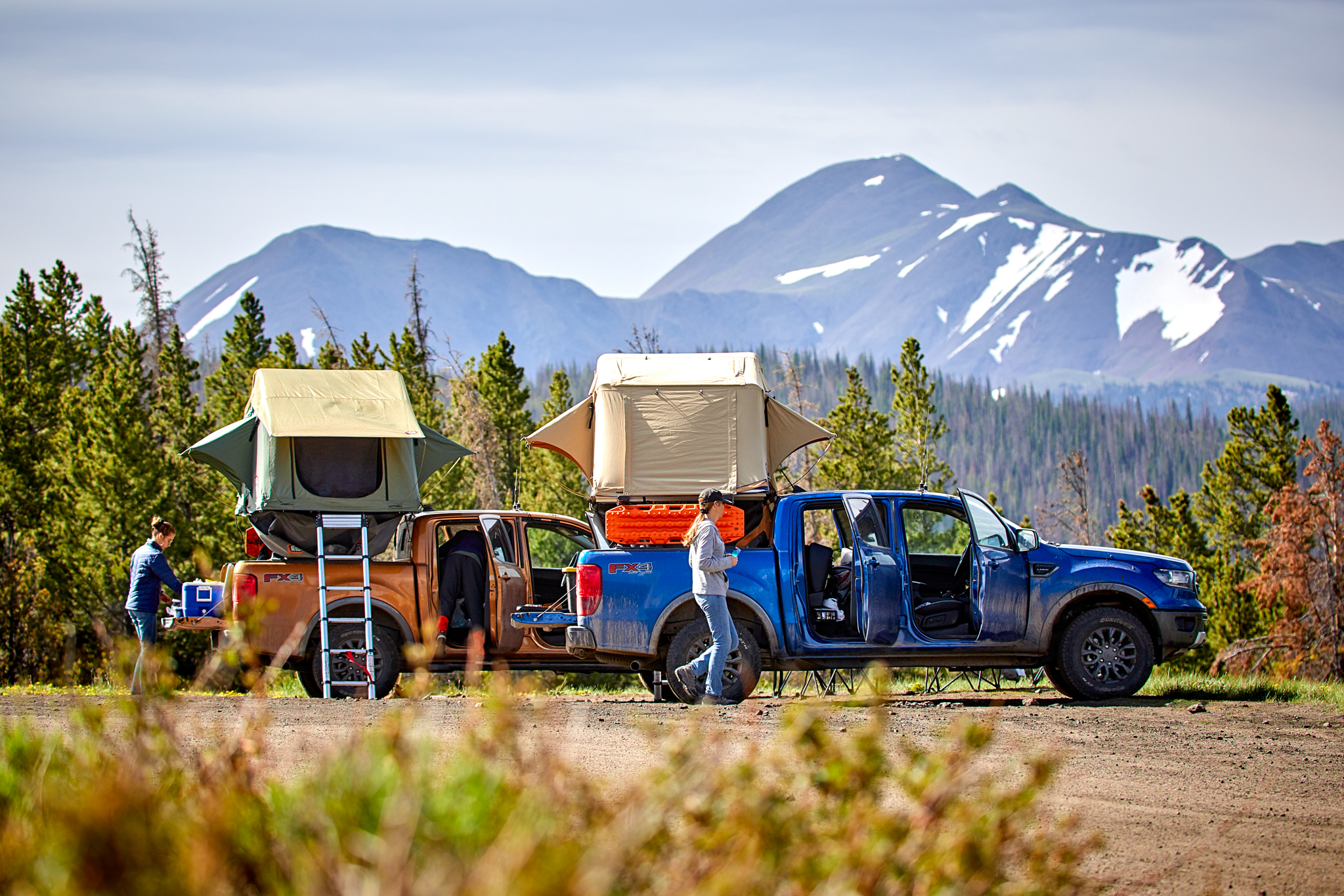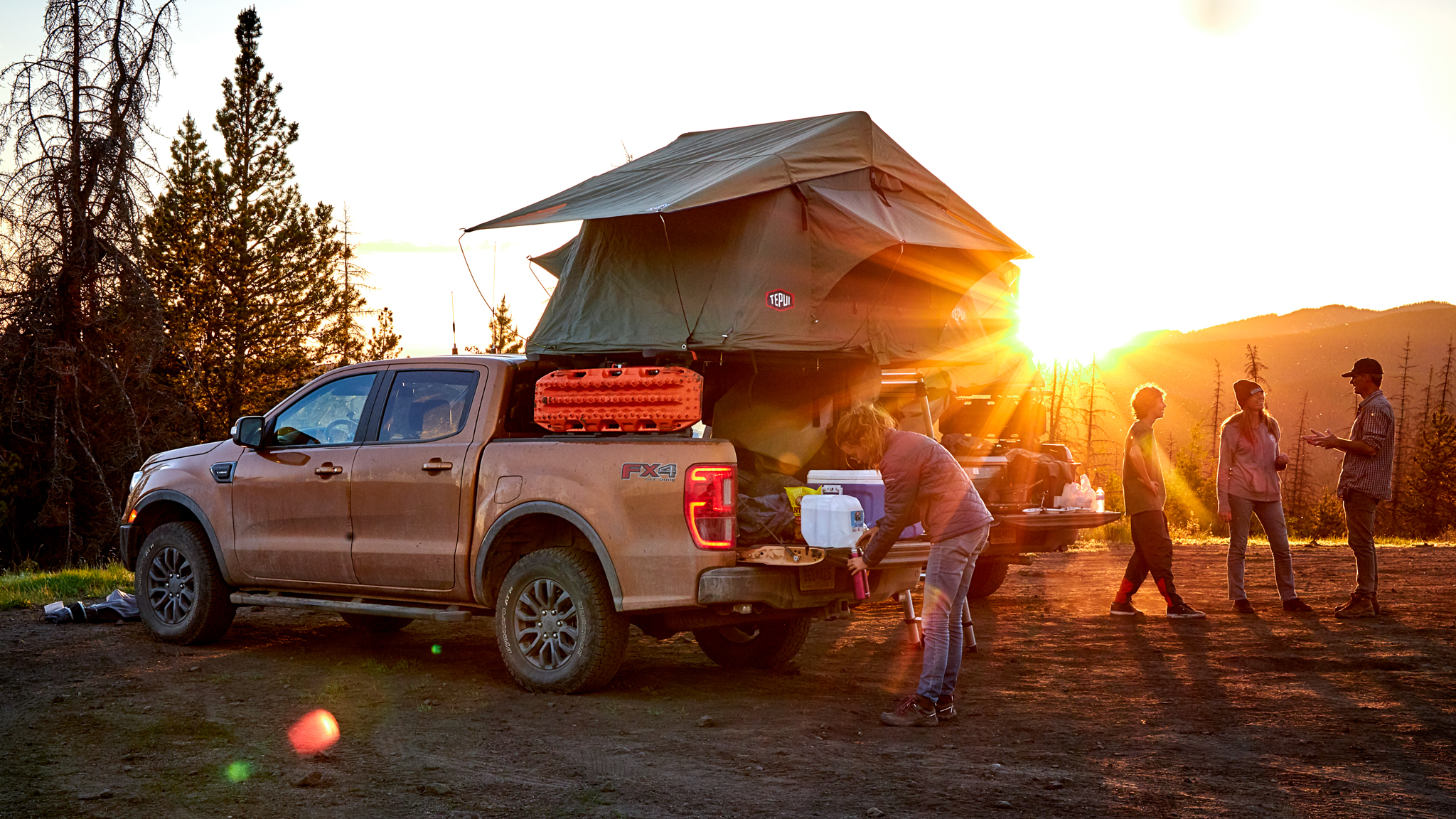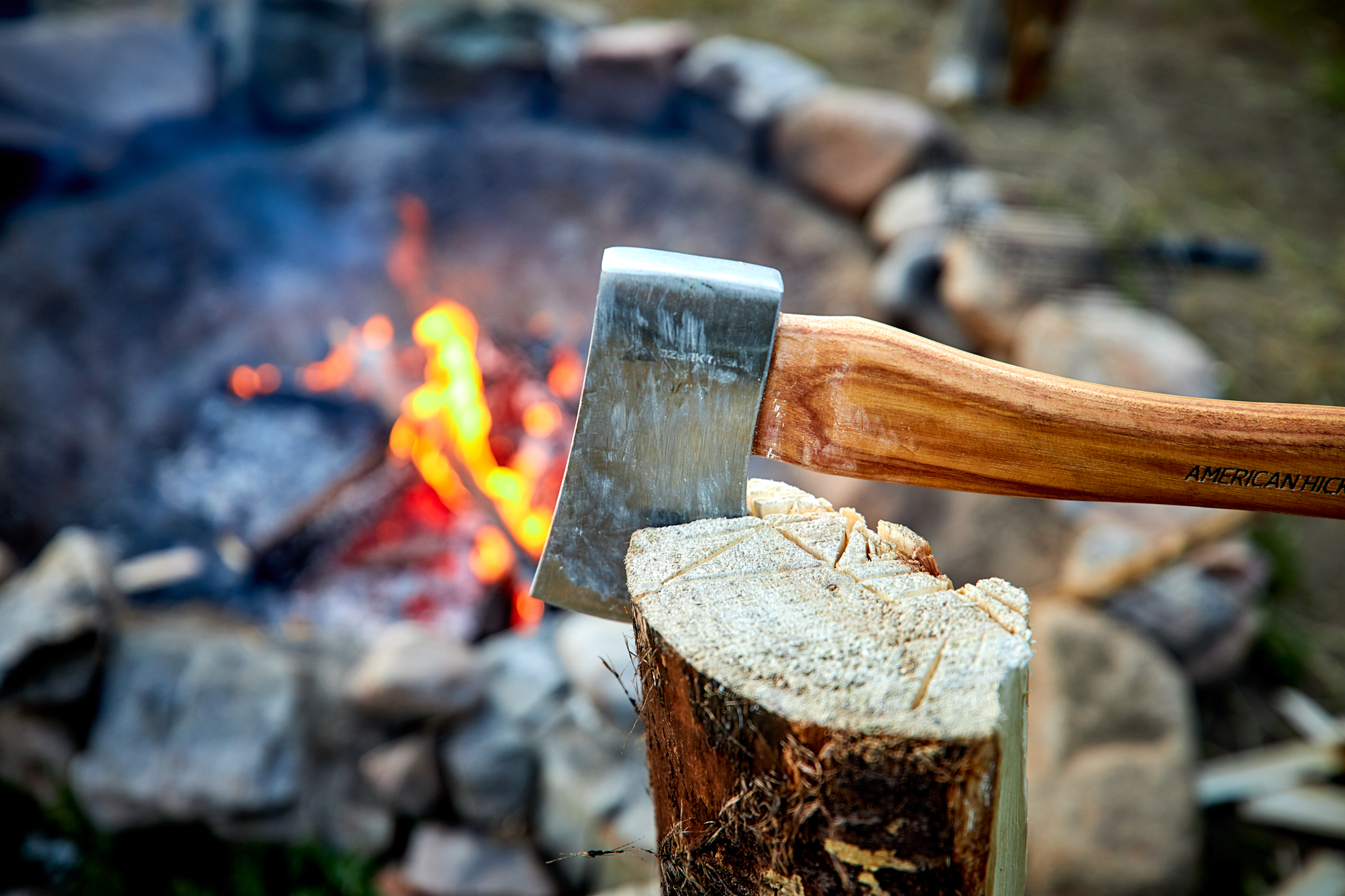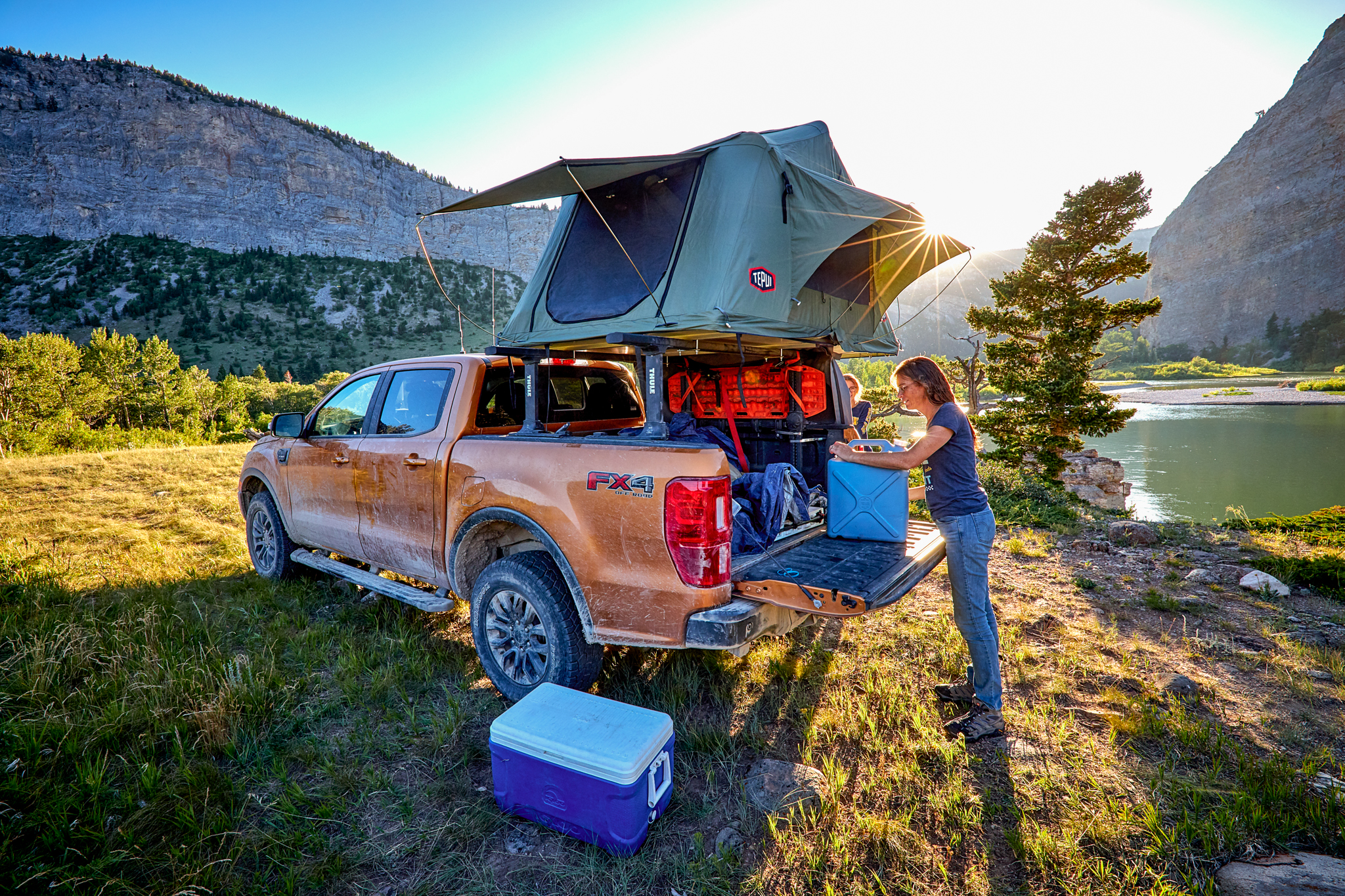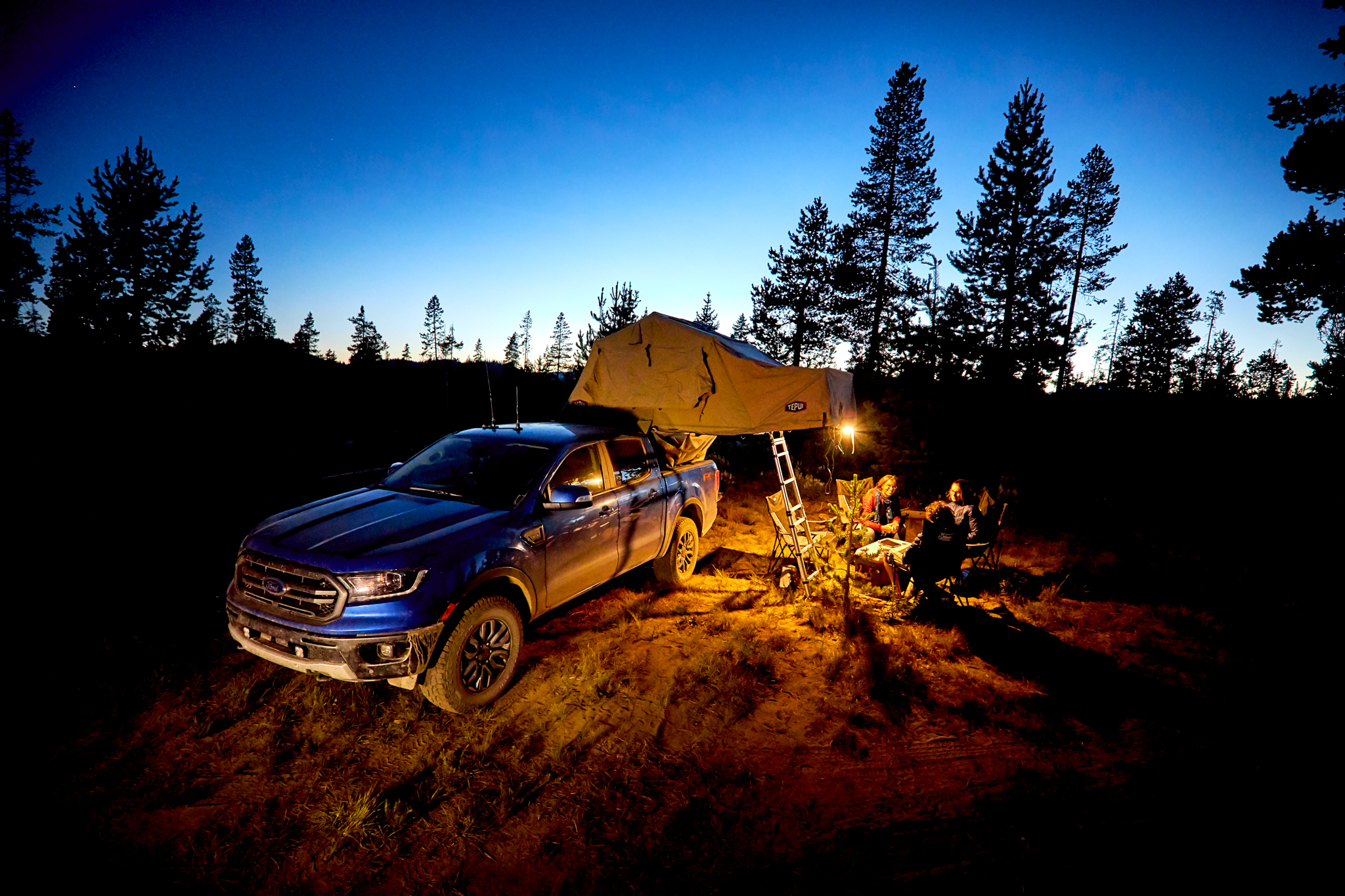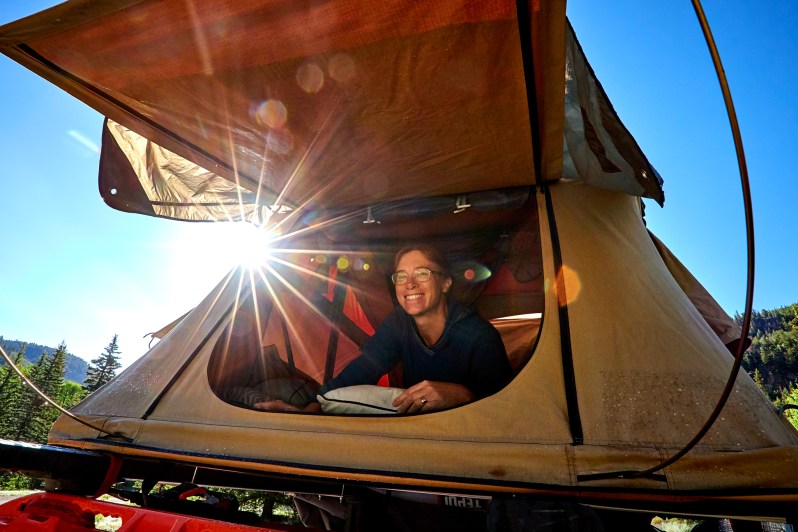 Overlanding is all about experiencing the great outdoors, but finding a quiet and remote camping spot during the summer when everyone is itching to go out might prove to be a challenge. But don’t worry, you can cross all the western states and camp for free in the most beautiful and remote locations with minimal planning and effort.
Overlanding is all about experiencing the great outdoors, but finding a quiet and remote camping spot during the summer when everyone is itching to go out might prove to be a challenge. But don’t worry, you can cross all the western states and camp for free in the most beautiful and remote locations with minimal planning and effort.
Driving on a long road trip, you will cross many states and enjoy beautiful scenery. But every day at sunset comes the stress of finding a camping spot and parking your overland vehicle for the night. Of course, if you’re an adept of RV parks, you can just keep driving toward the campground where you made a reservation and enjoy Wi-Fi, hot showers, and a bunch of noisy neighbors. You can also save money and camp for free on rest areas on the highway or in Walmart parking lots, but it’s not really glamorous and should only be your last resort.
Instead, leaving town early or stopping before reaching the next town will give you more latitude to find a better location. Those who seek the true experience of overlanding will try to camp for free in the wild, setting up their tent or van far away from any other campers. The starry night will be all yours! Of course, finding the perfect location will require some guesswork, some exploration, and a bit of luck, but with some practice, it will become second nature, and you’ll quickly wonder why you ever paid for a hotel room when you started traveling.
Tips to Find Free Camping
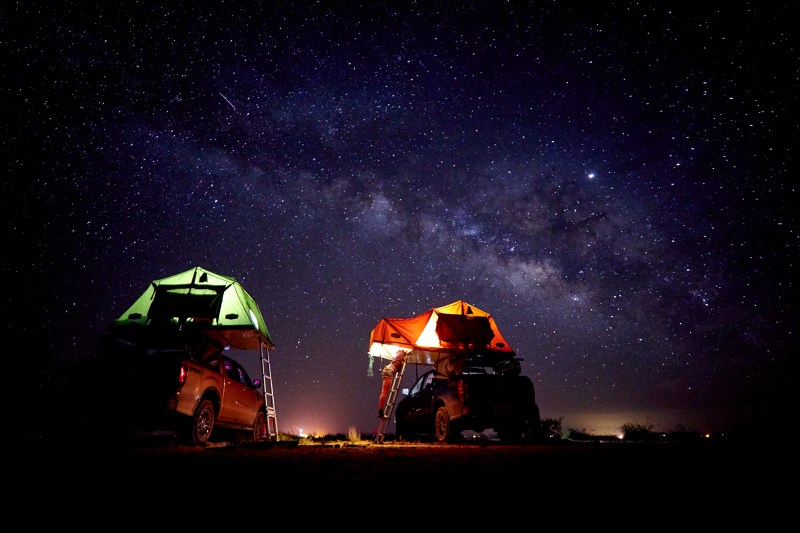
Depending on where you are at the end of the afternoon, the situation might differ slightly:
- National parks: During summer, all the official campgrounds of these popular destinations will be full, with reservations going sometimes up to one year in advance. Don’t plan for last-minute vacancies, as there will be a waiting list. The regulations here are strict and enforced, and dispersed camping is not allowed in most national parks — Joshua Tree National Park being one of the few exceptions. Your only hope will be to exit the boundaries of the park and reach the nearest public land. With that in mind, it’s best to plan ahead and drive out of the park before nightfall. To go even farther, we encourage overlanders to avoid most of the national parks during summer, as they are victims of mass tourism that would ruin the charm of traveling off the grid.
- National forests: Managed by the U.S. Forest Service, these vast public forests offer limitless recreational possibilities. Beside the official campgrounds, which offer tables, restrooms, trash cans, and barbecues in exchange for a small fee, you can also legally camp for free in dispersed camp settings. Rules can vary from one forest to another, and some places require the use of a permit, but generally speaking, following a dirt road will lead you to open spots where you’re allowed to camp. It can be either on the shoulder of the road, on an opening in the trees a few hundred yards from the main dirt road, on the shore of a lake or a river — you’ll never know! If you have some doubts about this pullover you just found and which would make a great location, the easiest way to be sure that it’s open to overnight camping is to check the presence of a fire ring and the absence of a “day use only” sign. If these two conditions are checked, that’s a green light, you’re free to stop and camp. You can also ask directions of a local ranger. Their uniform might be intimidating, but they’re here to help and will give you helpful information and even free paper maps.
- BLM land: Managed by the Bureau of Land Management, the BLM lands that can be found in the western states are a camper’s paradise. Here, you have to find your own spot, and there won’t be any table, restrooms, or trash receptacles. That’s also where you need to make the best use of the topography. Following a river or climbing up to the next summit will probably help you find the most romantic place to spend the night. Keep in mind that while high-elevation spots guarantee better sunset views, they also come with more risk of windy nights. On the other hand, while rivers are generally great locations for camping, lakes are usually beautiful but infested with mosquitos and other bugs. BLM land gives the true adventurers what they are looking for: A remote location to establish a camp, with no neighbors and total immersion in the natural environment. You will need to be self-sufficient, though, with enough food and water, and also garbage bags, a shovel, and toilet paper. Camping in the wild comes with the responsibility of keeping it clean, the goal being to leave the place with no signs of your stay. Everybody would agree that it’s best to tread lightly. Looking for the best spot, you will have to remember this golden rule and stay on the trail: Don’t create any new tracks!
- Be bear aware: Camping in the wild is a great experience, but wildlife is never too far away. When a squirrel sneaks into your camp and steals some peanuts, it’s cute. But if a bear appears at dusk and tries to do the same thing, it will get scary. The best way to avoid any problem is to keep the food in metal containers when they are available on-site in the official campgrounds, or stored in closed coolers. The goal is to prevent the animals from smelling food, cosmetics, or anything that they might like to eat! When in doubt, you can opt to put trash and food in the trees, far from your tents and vehicles. Accidents are rare, but that’s because most campers are prudent enough.
Protect the Public Lands
Camping in the wild doesn’t mean that you’re allowed to do whatever comes to mind. The freedom we experience here in the U.S. requires that everybody knows and follows the regulations. Most of the rules are common sense and are not difficult to adopt. The most important ones are easy to remember:
- Respect any sign such as “Day Use Only,” “Closed to Camping,” “Private Property” or “No Trespassing.”
- Keep the area clean of any trash or food. Take your trash with you.
- Do not stay for longer than 14 days in the same spot. After this period, you should move at least 25 miles away.
- Respect fire restrictions. Everybody knows that wildfires have dramatic consequences, and you don’t want to take any risk.
- Protect water sources, which means that you don’t throw your waste in rivers and that, in case you’d like to use the running water to wash your dishes, you should at least use biodegradable soap.
Useful Resources
When you’re out in the middle of nowhere, it’s tempting to assume that if there’s nobody in sight, you’re free to camp. But that’s not always true, and you don’t want to be caught on private land by the owner. Checking your location is important and can be done in more ways than one:
- Maps: Paper maps can be obtained on most National Forest websites, and its interactive map can also be useful. The BLM also offers plenty of resources online. Digital maps, paper maps, lists of campgrounds, there’s a ton of information available.
- Mobile apps: Topographic maps displayed by smartphone apps like Gaia can usually show the boundaries of public lands for both national forests and BLM land. It might require a premium subscription, but it definitively helps to find the right spot.
- Websites: Finding a free camping spot using various websites like Free Campsites might also be a great way to discover a new area. But keep in mind that if a camping spot is referenced, it will be more popular than the one you could have found on your own, and therefore you might not have the place all to yourself.
